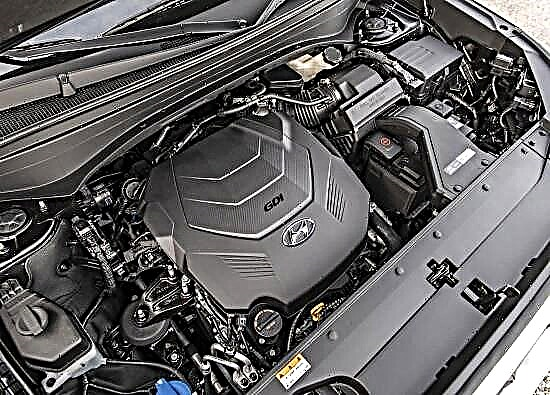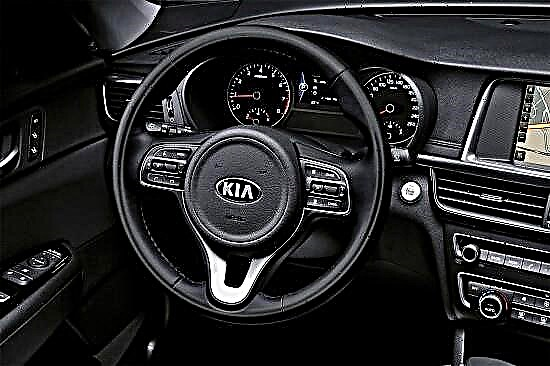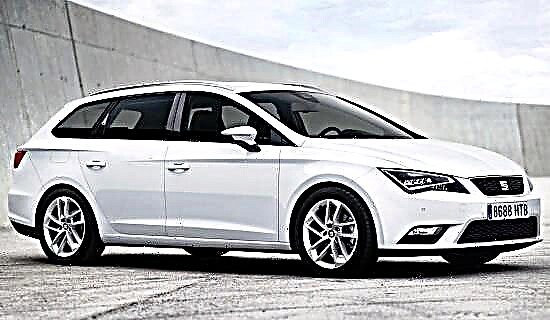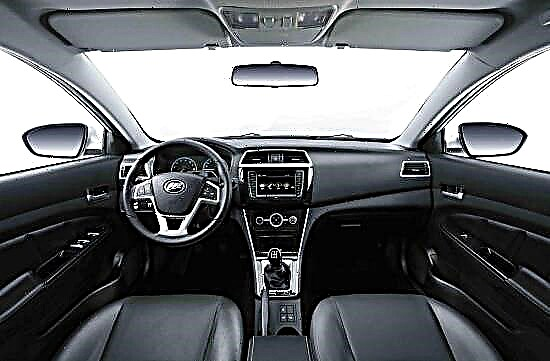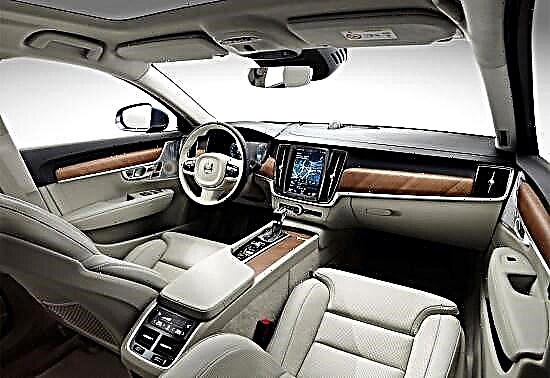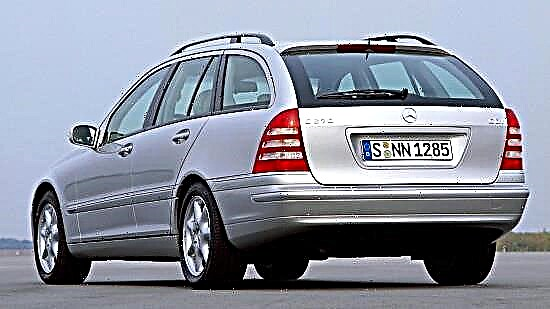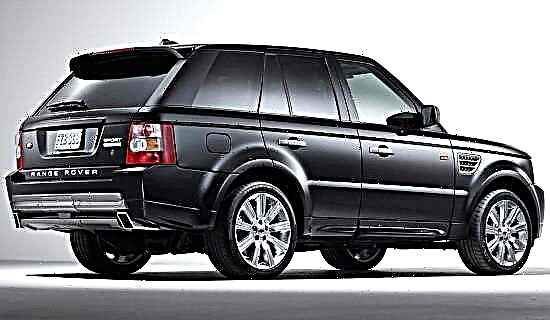The first generation of Range Rover Sport's premium SUV debuted in January 2005 at the North American International Auto Show and then went on sale a few months later. , the interior has become more technologically advanced and luxurious, new engines have been "registered" under the hood, and the steering, suspension and braking system have undergone revisions. In this form, the "Briton" was produced until 2013, after which it gave way to a second generation car.

The appearance of the "first" Range Rover Sport attracts with its rough appeal. The sloping windshield, streamlined and muscular shape and sloping rear pillars create a fast and sporty image, while the powerful false radiator grille, square headlights and huge wheel rims with a diameter of 19-20 inches give it confidence and solidity.

In terms of its overall dimensions, the car belongs to the class of mid-size SUVs: 4783 mm in length, 2004 mm in width and 1784 mm in height. The wheelbase fits within the frames of 2745 mm, and the ground clearance due to the air suspension varies from 172 to 227 mm. The Range Rover Sport's weight is impressive - from 2535 to 2590 kg in the stowed state.
The interior of Range Rover Sport combines luxurious and traditional styling with a multifunction steering wheel, laconic instrumentation and a presentable center console, and impeccable workmanship. The interior uses exclusively high-quality finishing materials, presented by natural leather, aluminum and wood.

The premium SUV is equipped with comfortable front seats with a developed profile and huge possibilities for customization. The rear sofa provides a sufficient supply of space on all fronts, and due to the missing transmission tunnel, the third passenger will not be superfluous.
The "first" Range Rover Sport is a truly practical SUV - the luggage compartment can hold up to 960 liters of luggage. The “hold” is sheathed with soft and pleasant materials, the “spare” is suspended under the bottom, and the rear sofa folds down in several parts into a flat floor, increasing the useful volume to 2015 liters.
Specifications. For the "Sport" of the first generation, three variants of power units were offered, combined with a 6-speed "automatic" and all-wheel drive transmission.
- The base engine was considered a 3.0-liter diesel "six" with a V-shaped configuration and turbochargers, developing 245 "horses" at 4000 rpm and 600 Nm of peak thrust at 2000 rpm. Such an SUV can accelerate up to 100 km / h in 9.3 seconds and reach a maximum of 193 km / h, consuming on average 9.2 liters of diesel fuel in combined mode.
- It was followed in the hierarchy by a naturally aspirated V8 petrol engine with distributed injection with a volume of 5.0 liters, the output of which is 375 horsepower at 6500 rpm and 510 Nm of torque at 3500 rpm. The first "hundred" is conquered by the car after 7.6 seconds, and the peak of possibilities is set at 210 km / h. The average "appetite" in the combined cycle is 13.9 liters for every 100 kilometers.
- The most productive option was a 5.0-liter gasoline turbo engine with eight V-shaped cylinders, a displacement supercharger with a mechanical drive and direct injection, generating 510 "mares" at 6000-6500 rpm and 625 Nm of thrust in the range from 2500 to 5500 rpm. The characteristics of this "Sport" are really impressive: 5.9 seconds from standstill to 100 km / h, 225 km / h of maximum speed and 14.9 liters of consumption in a combined rhythm.
Despite the "road" focus, the 1st generation Range Rover Sport is a true SUV - it has permanent four-wheel drive and proprietary Terrain Response technology in its arsenal. A planetary differential is integrated into the transfer case, which distributes the moment between the axles in equal parts, and the center and rear differentials have a forced locking function. Thanks to this "weapon", the car is able to force water obstacles up to 700 mm deep, overcome descents and ascents with a steepness of up to 45 degrees and maintain stability on a 35-degree slope, moving along it.
The "first" Range Rover Sport (factory index "L320") is based on the Land Rover Discovery 3 platform, from which it inherited both a steel frame and independent suspensions on the front and rear axles (each wheel has two wishbones). The car is equipped with pneumatic stops that allow you to vary the ground clearance. The SUV "flaunts" a variable performance hydraulic power steering and ventilated four-wheel discs with ABS + EBD, Brake Assist and others.
This car is famous for its confident behavior on the asphalt surface and high off-road potential, and these qualities are complemented by a brutal look, luxurious interior, excellent dynamic performance and rich equipment.
At the same time, the SUV is expensive to maintain and is too "gluttonous", and also arouses tangible interest among car thieves.
Prices. In 2015, in the secondary market of Russia, Range Rover Sport 1st is offered at a price of approximately 1,500,000 and up to 4,000,000 rubles, depending on the condition, year of manufacture and modification.

